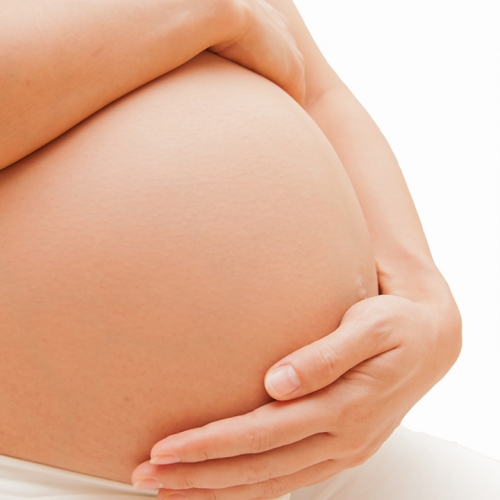 The sudden and unexpected loss of a partner is one of the worst things most people can imagine.
The sudden and unexpected loss of a partner is one of the worst things most people can imagine.
For a young South Australian woman who lost her husband in 2011, the trauma was made even more devastating because the couple had been trying to conceive and start a family.
After discovering that sperm survives for up to 5 or so days after death, the woman immediately asked for permission to extract and use her husband’s sperm so she could have the family they had planned together.
It was a question with no clear answer and little precedence in Australia and around the world.
The story
On 19 March 2011 a young man was killed in a motorbike accident. He had a Will, however it didn’t contain any instructions relating to his body.
After his wife decided she wanted to use her husband’s sperm to have children, she was referred to Lindbloms lawyer Martin Faull for advice.
Martin made some enquiries and discovered not only had extracting a deceased person’s sperm for these purposes never been done in South Australia, it was illegal under an Act, and would require the court’s permission.
An urgent application was made to the Supreme Court to permit the removal and storage of the sperm.
Martin argued that the woman, as the next of kin, had the power to authorise the removal of tissue from the body of her husband pursuant to section 22 of the Transplantation Anatomy Act. He also argued that the Supreme Court of South Australia had inherent jurisdiction to make the order to harvest and store the sperm.
The Supreme Court Justice agreed and made the order to allow the sperm to be extracted, however a number of doctors refused to carry out the procedure for insurance reasons. Martin searched for, and found, a doctor who agreed to extract the sperm.
Legal strategy
Once the sperm had been stored, Martin turned to the legislation and began working on the legal strategy to win the right for the widow to take possession of and use the sperm to conceive through IVF treatment.
He determined that it would be key to prove the deceased man had intended to start a family with his wife and that they were actively trying to conceive a child. Martin also understood he would have to demonstrate the woman had the resources and support network required to raise a child as a single parent.
Martin provided evidence from the couple’s GP, who confirmed they were trying to get pregnant. He also used the deceased man’s death benefit, as well as evidence that the woman had access to close-knit family support, to demonstrate that she would be able to raise the child in a safe and nurturing environment.
The outcome
After nearly 3 years of legal argument, Supreme Court Justice Gray concluded the man and his wife had decided to start a family and would have continued their attempts to conceive were it not for the fatal accident.
He found that the woman would provide a loving and stable environment for a child and could meet a child’s emotional and financial needs.
Justice Gray granted the woman possession of the sperm but not use in the State. Due to specific legislation the Court could not. However, with possession the woman went to Canberra in the ACT and under the control and supervision of the Genea Clinic underwent in vitro fertilisation procedures.
Some 6 months later the woman underwent IVF treatment and gave birth to a healthy baby girl. Following the judgment, Martin has continued to receive phone calls and emails from lawyers around the world wanting to learn from his experience and understand how he was successful in the case.
Need advice?
At Lindbloms, we don’t shy away from complex legal matters. You can be sure that our team will explore all angles to get you the best possible result.
Contact us now for a free initial discussion about your legal needs.